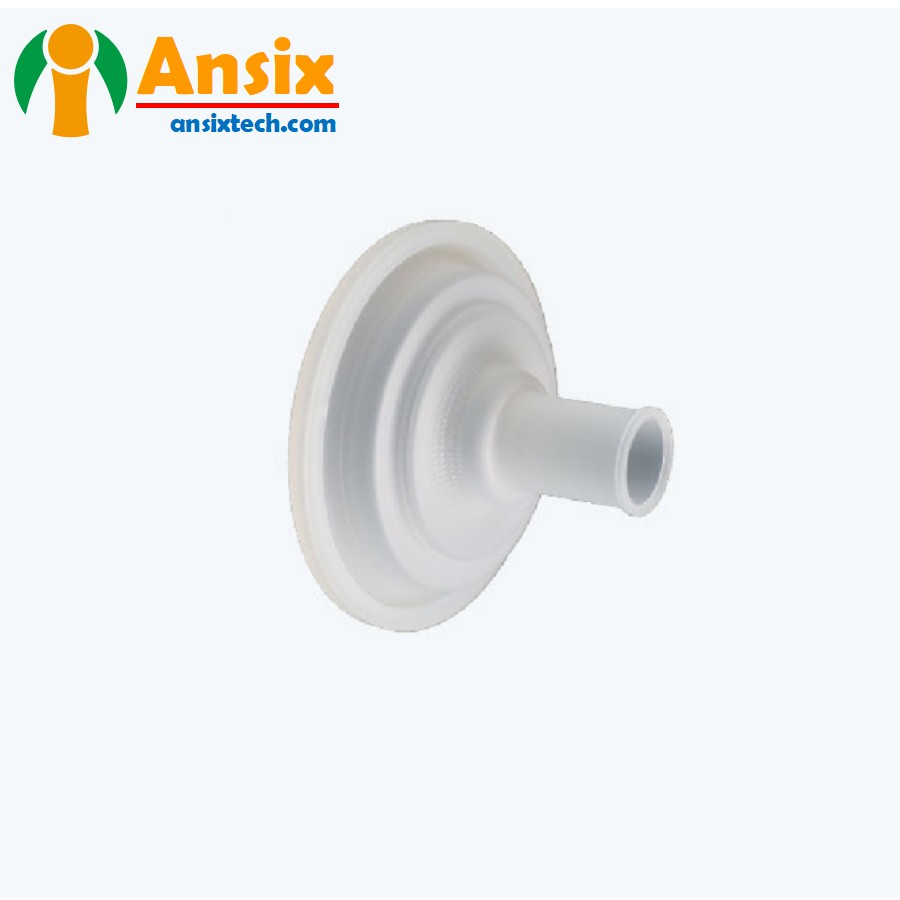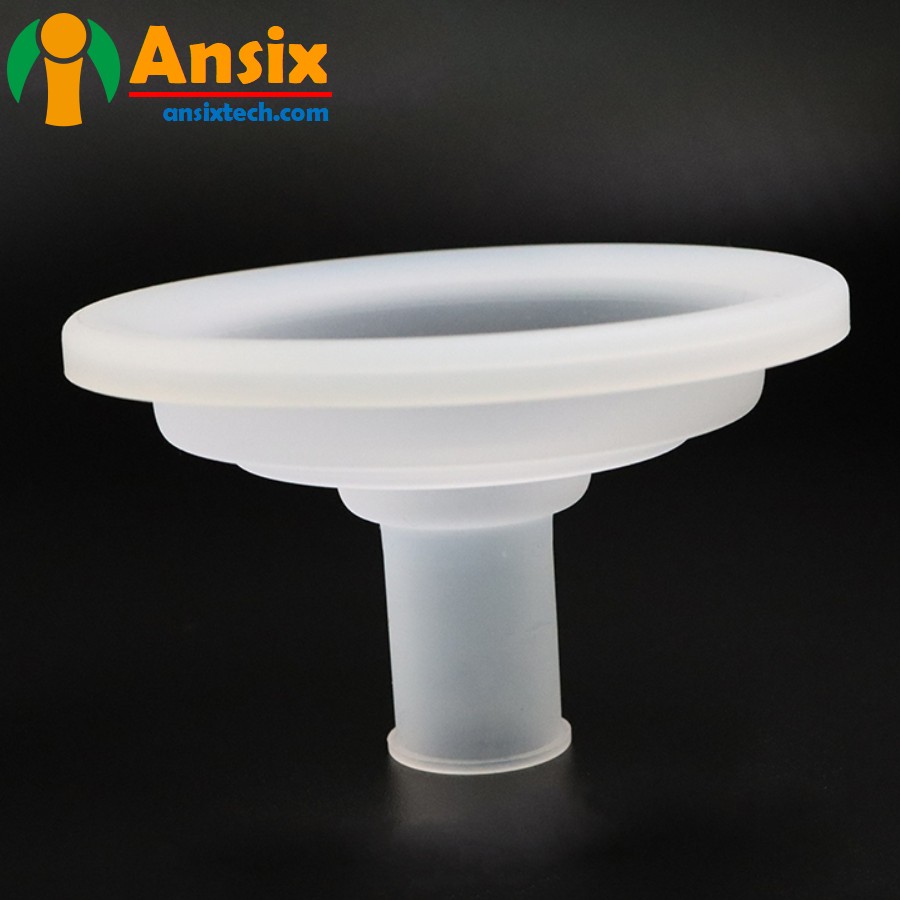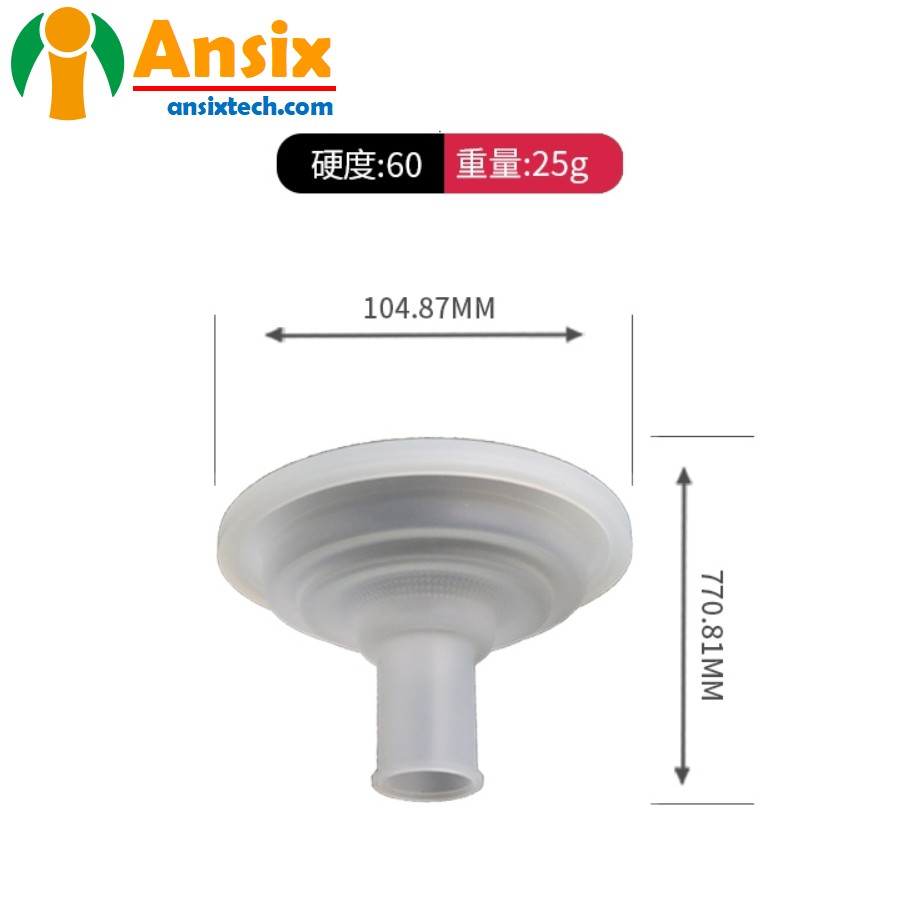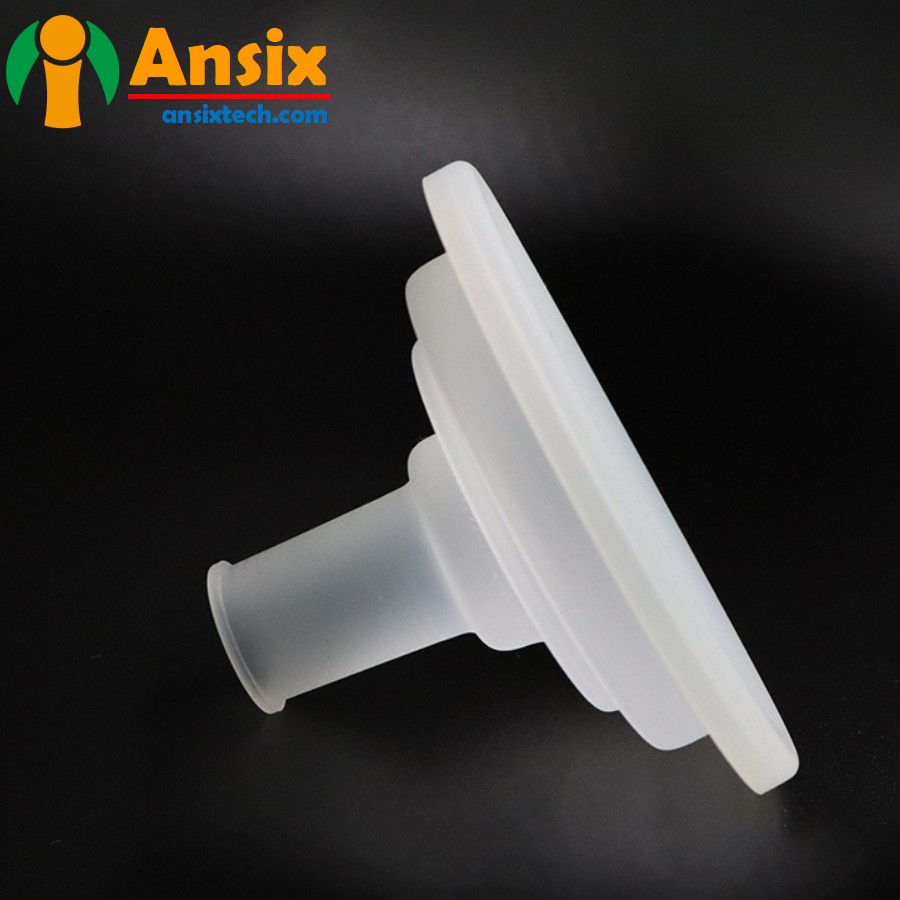AnsixTech medical silicone guide tube for LSR process
FEATURES
- Two component 2K molding for handle
AnsixTech medical silicone guide tubes are used in a wide range of applications. First, it is widely used in medical fields such as interventional surgery and catheter placement. Medical silicone guide tubes have good softness and elasticity and can be accurately guided in blood vessels or other lumens to help doctors perform surgeries or treatment operations. Secondly, medical silicone guide tubes can also be used in medical devices and medical equipment. The stability and durability of the guide tube ensures the normal operation and safety of medical devices. In addition, medical silicone guide tubes can also be used in fields such as laboratory research and medical education to facilitate scientific research and teaching.
-
Mold Description
Product Materials:
ShinEtsu、Dow
Mold Material:
S136
Number of Cavities:
1*16
Glue Feeding Method:
Hot runner
Cooling Method:
Water cooling
Molding Cycle
16.5s
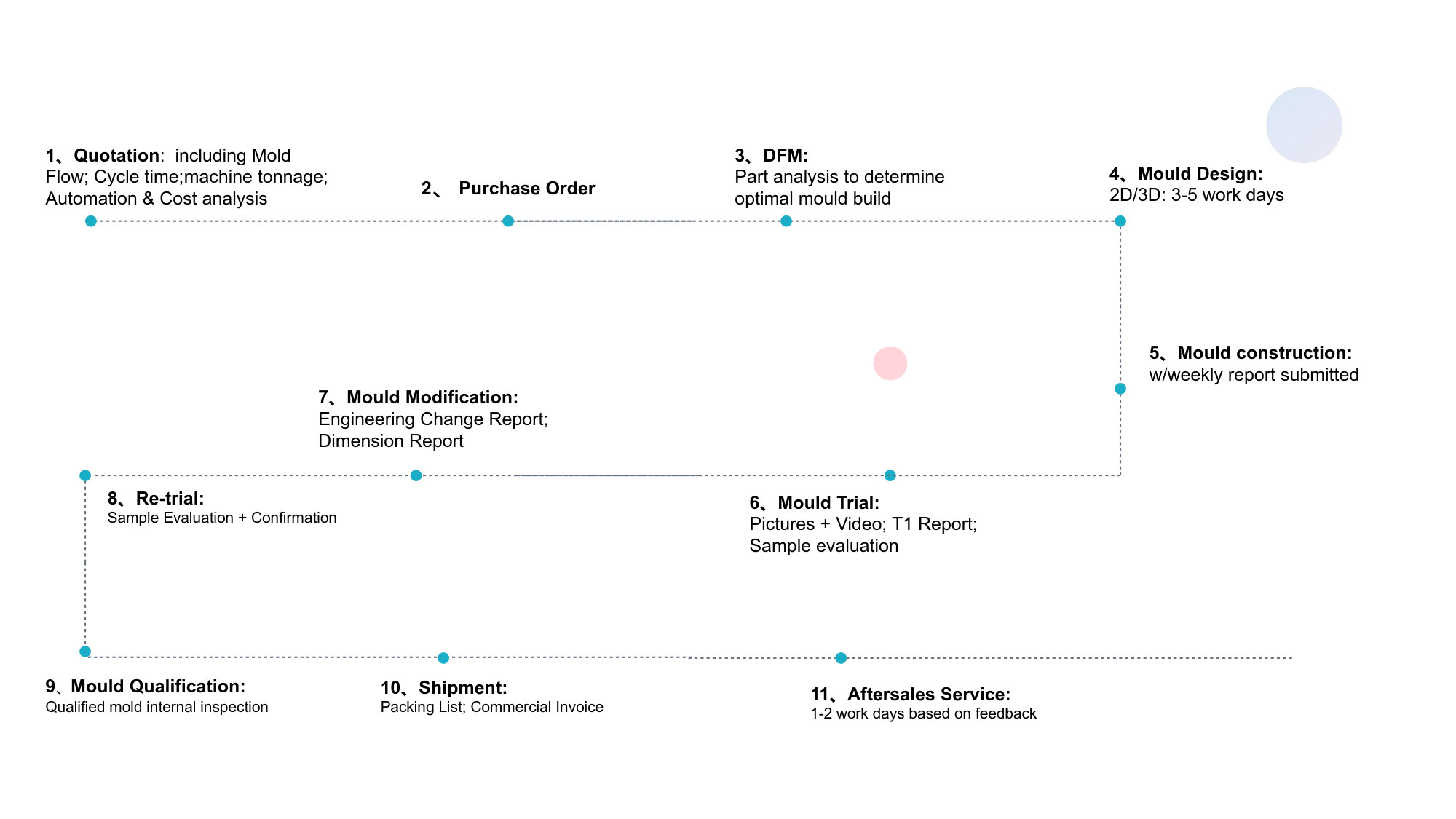
- Medical silicone guide tube Mold flow analysis and mold designMold flow analysis and liquid silicone mold design of liquid medical silicone catheter molds are very important links in medical device manufacturing. The following will introduce the mold flow analysis of liquid medical silicone catheter molds and the design of liquid silicone molds respectively.Mold flow analysis of liquid medical silicone catheter mold:a. Collect relevant information about liquid medical silicone catheters, including size, shape, material, etc.b. Use mold flow analysis software to import the CAD model of the liquid medical silicone catheter and set the injection molding process parameters, such as injection speed, temperature, pressure, etc.c. Conduct mold flow analysis to simulate the melt flow, filling, cooling and other processes during the injection molding process to evaluate the filling performance, bubbles, short shots and other defects of the conduit, and optimize the injection molding process parameters.Design of liquid silicone mold:a. Determine the structure and size of the liquid silicone mold based on the mold flow analysis results. Taking into account the shape and requirements of the conduit, design an appropriate mold structure, including mold cavity, mold core, demoulding system, cooling system, etc.b. Determine the injection molding process, including injection sequence, injection point location, etc.c. Carry out detailed design of the mold, including the processing technology of the mold parts, assembly method, design of the demoulding mechanism, etc.d. Use CAD software for mold design and generate three-dimensional models and engineering drawings of the mold.During the mold flow analysis and liquid silicone mold design process, the following points need to be noted:Ensure the filling performance of the conduit: optimize the injection molding process parameters through mold flow analysis to ensure good filling performance of the conduit and avoid defects.Design of cooling system: Reasonably design the cooling system to ensure good cooling effect during the injection molding process and improve production efficiency and product quality.Design of demoulding system: According to the shape and requirements of the conduit, design an appropriate demoulding system to ensure that the conduit can be demoulded smoothly and avoid damage and deformation.Injection molding sequence and injection point position: Determine the injection molding sequence and injection point position to ensure that the liquid silicone can fully fill the mold cavity and avoid voids and defects.In short, the mold flow analysis of the liquid medical silicone catheter mold and the design of the liquid silicone mold need to conduct mold flow analysis, optimize the injection molding process parameters, design the appropriate mold structure and size, and determine the injection molding process flow and injection point location. Through reasonable design and control, high-quality liquid silicone catheters can be obtained.
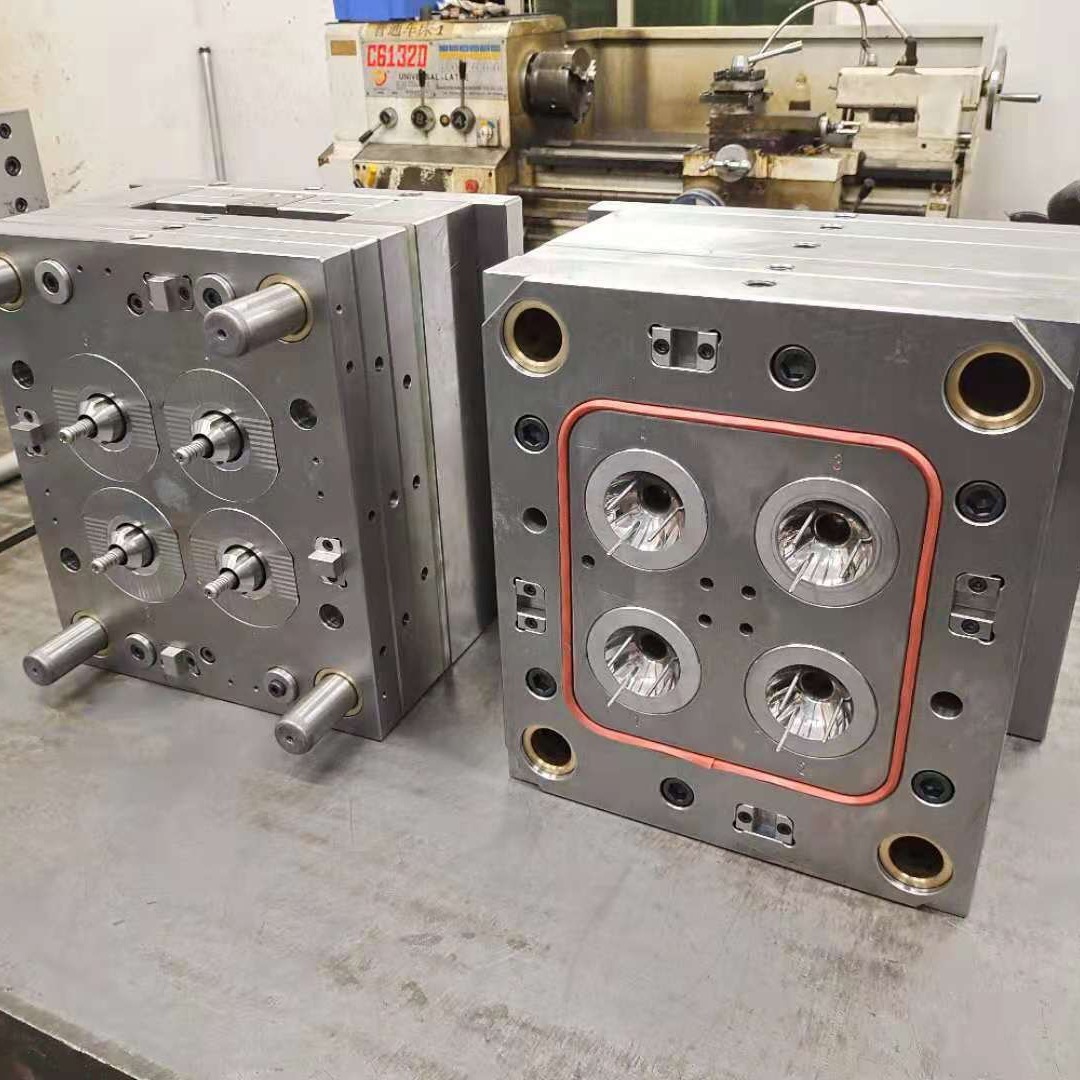
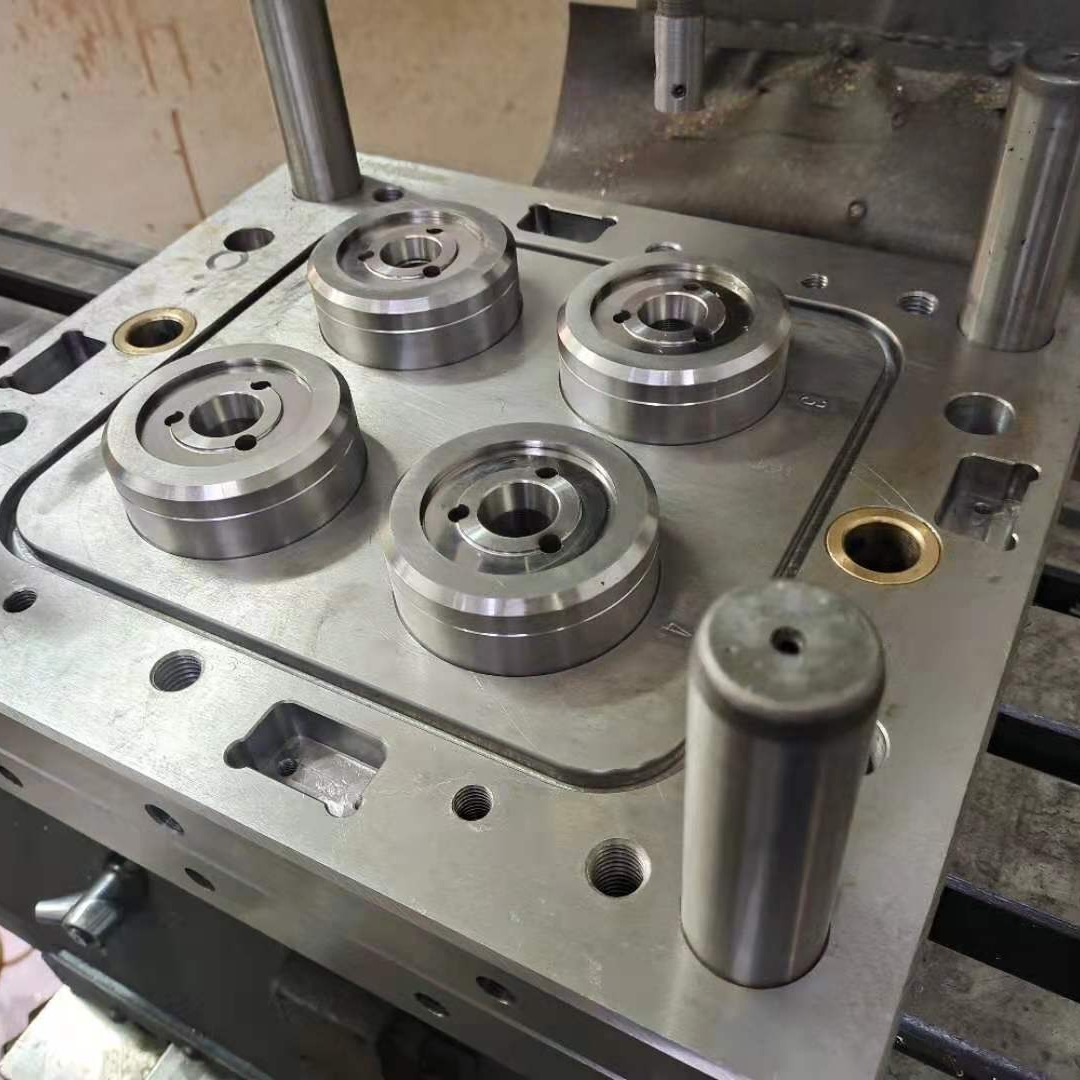
- Medical silicone guide tube of The mold manufacturing process and product material selectionThe manufacturing and processing of liquid medical silicone catheter molds and the liquid silicone injection molding process involve:Mold manufacturing and processing:a. According to the design requirements of the liquid medical silicone catheter, select the appropriate processing technology and equipment, such as CNC machining center, EDM machine, etc.b. Process mold parts, including mold cavity, mold core, demoulding system, cooling system, etc. Ensure that the processing accuracy and size meet the requirements.c. Assemble the mold parts to ensure accurate fit and adjustment of the parts and ensure the stability and reliability of the mold.Liquid silicone injection molding process:a. Prepare the liquid silicone material and select the appropriate silicone material according to the characteristics and requirements of the silicone.b. Design injection molding process parameters, including injection speed, temperature, pressure, etc. According to the characteristics of silicone, the injection molding process needs to control the fluidity and solidification time of silicone.c. Perform liquid silicone injection molding, inject the silicone material into the mold, fill the mold cavity, and then solidify and solidify the silicone.d. Demolding and post-processing, take out the cured silicone catheter from the mold and perform demoulding processing, such as cleaning, trimming, etc.During the mold manufacturing process and liquid silicone injection molding process, you need to pay attention to the following points:Processing accuracy and size control: Ensure that the processing accuracy and size of mold parts meet the requirements to ensure the quality and stability of injection molding.Surface treatment of the mold: According to the requirements of the liquid silicone conduit, perform appropriate surface treatment, such as grinding, polishing, etc., to improve the surface quality and smoothness of the conduit.Control of injection molding process parameters: According to the characteristics of liquid silicone, rationally design and control the injection molding process parameters to ensure that the fluidity and solidification time of the silicone meet the requirements.Demolding and post-processing: According to the curing characteristics of silica gel, perform appropriate demoulding processing, such as cleaning, trimming, etc., to ensure the quality and appearance of the catheter.The manufacturing and processing of liquid medical silicone catheter molds and the liquid silicone injection molding process require the selection of appropriate processing techniques and equipment to ensure processing accuracy and dimensional control. In terms of the liquid silicone injection molding process, according to the characteristics of the silicone, appropriate injection molding process parameters are designed to control the fluidity and solidification time of the silicone. Through reasonable manufacturing processing and injection molding process control, high-quality liquid medical silicone catheters can be achieved.
- Medical silicone guide tube Mass production and Quality controlThe batch injection molding production of liquid medical silicone catheters involves considerations such as technology, liquid injection molding fixtures, production efficiency, and process quality control:Optimization of injection molding process parameters: Through experiments and actual production verification, the injection molding process parameters, including injection speed, temperature, pressure, etc., are optimized to ensure the filling performance and quality stability of the liquid silicone catheter.Mold temperature control system: Ensure the stability and uniformity of mold temperature to improve the molding quality of liquid silicone conduits and reduce defects.Liquid silicone injection molding sequence: Determine the order of injection molding to ensure that the liquid silicone can fully fill the mold cavity and avoid voids and defects.Liquid injection molding fixture:Design a suitable tooling fixture: According to the shape and requirements of the liquid silicone conduit, design a suitable tooling fixture to fix the mold and conduit to ensure stability and consistency during the injection molding process.Manufacturing and debugging of tooling fixtures: Manufacturing tooling fixtures, debugging and optimization to ensure the stability and reliability of tooling fixtures.Production efficiency:Automated production: Use automated injection molding machines and robot systems to achieve automated production, improve production efficiency and reduce labor costs.Multi-cavity molds and multi-machine production: Use multi-cavity molds and multiple injection molding machines for simultaneous production to increase output and production efficiency.Production plan and schedule optimization: Develop reasonable production plans and schedules, and rationally arrange production tasks and resources to improve production efficiency and reduce production downtime.Process quality control:Establishment of quality control system: Establish a complete quality control system, including quality inspection, process control and defective product processing, to ensure that products meet quality standards.Inspection and testing: Inspection and testing of liquid silicone catheters, including appearance quality, dimensional accuracy, physical properties, etc., to ensure product quality and consistency.Process monitoring and data analysis: Through process monitoring and data analysis, abnormal situations in the production process can be discovered in a timely manner, and corresponding measures can be taken for adjustment and improvement.To sum up, the batch injection molding production of liquid medical silicone catheters needs to consider process optimization, liquid injection molding fixtures, production efficiency and process quality control. By optimizing process parameters, designing appropriate fixtures, automating production and establishing a quality control system, high-efficiency, high-quality mass production of liquid medical silicone catheters can be achieved.


